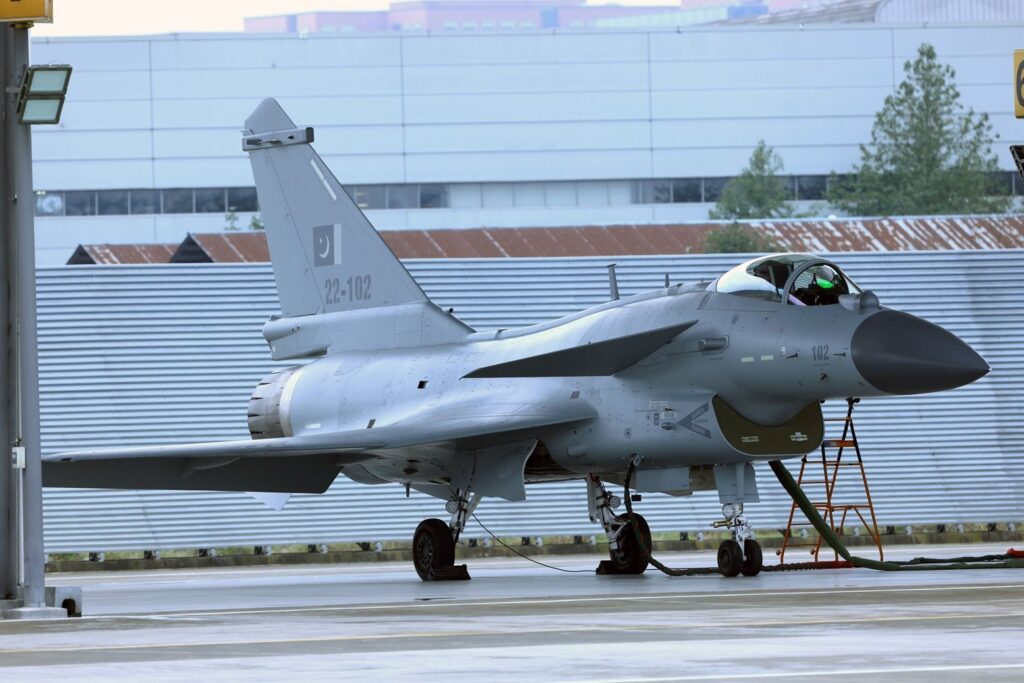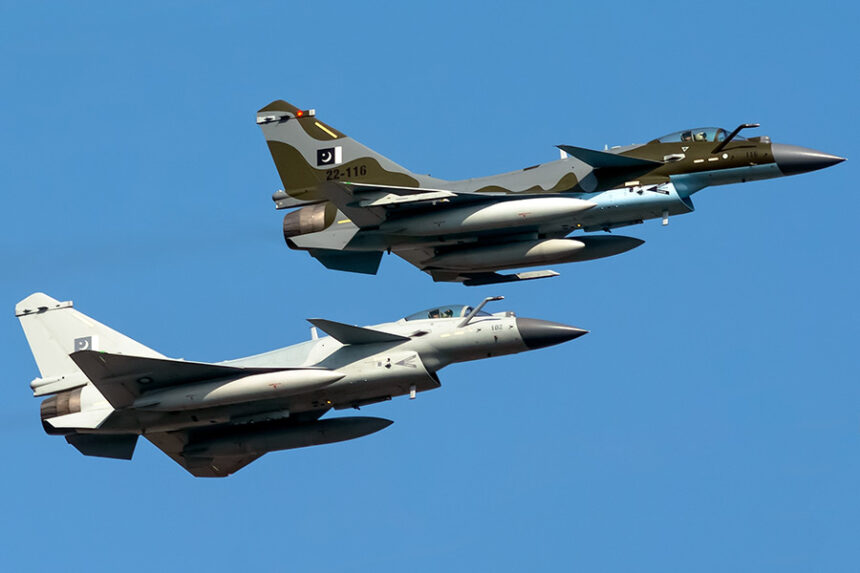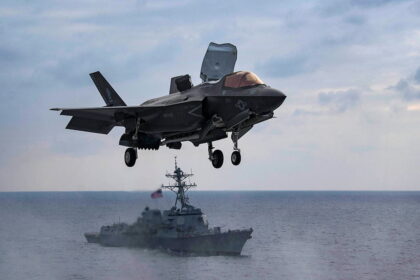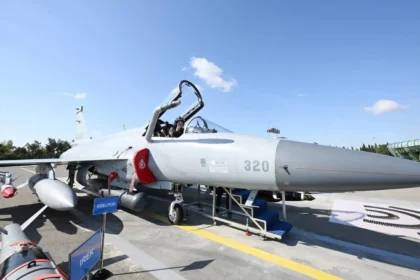China’s recent confirmation of its largest ever fighter export deal with Indonesia marks a defining moment for the global defense landscape. On October 16, Indonesian Defense Minister Sjafrie Sjamsoeddin confirmed Jakarta’s decision to procure the advanced J-10C ‘Vigorous Dragon’ fighters, a move that not only expands China’s military-industrial footprint but also shifts the balance of competition among global arms exporters, displacing traditional suppliers from the United States, Russia, and South Korea.

China’s Growing Aerospace Dominance
Over the past decade, China’s defense aviation industry has transformed from a regional competitor into a global powerhouse. The milestone came in 2017 when China became the second country in the world after the United States to field an indigenous fifth-generation fighter, the J-20 Mighty Dragon.
In 2024, the country advanced even further, becoming the first nation to unveil sixth-generation fighter prototypes, with three distinct designs currently in flight testing. This achievement has not only enhanced Beijing’s military prestige but also positioned its defense sector years ahead of most Western and Asian competitors in next-generation combat technology.
The J-10C, a highly maneuverable 4.5-generation multirole fighter equipped with an AESA radar, PL-15 long-range air-to-air missiles, and advanced avionics, is the spearhead of China’s export strategy. Its proven combat record, notably in Pakistan Air Force (PAF) service where it reportedly achieved dominant performance against India’s Rafale fighters, has cemented its credibility among potential buyers.
Indonesia’s Strategic Shift
Indonesia’s decision to acquire the J-10C is both a technological and geopolitical statement. Jakarta has historically maintained a diversified arms portfolio, purchasing military hardware from Russia, the U.S., and Europe. However, delays in deliveries, rising costs, and Western export restrictions have increasingly pushed Indonesia toward non-Western suppliers.
The J-10C deal signifies:
- A departure from Indonesia’s reliance on Western and Russian defense systems.
- A recognition of China’s growing reliability as a defense partner.
- The emergence of a new strategic axis between Beijing and Jakarta.
With this acquisition, Indonesia joins Pakistan as a major operator of the J-10C in Asia, underscoring the aircraft’s expanding international presence and its role as a counterbalance to Western and Russian fighter dominance in developing markets.
Competitive Landscape: China vs. the West
The Indonesian market was one of the most fiercely contested in Asia.
The United States offered its F-16V Block 70 and F-15EX Eagle II platforms.
Russia pushed for sales of the Su-35 Flanker-E and MiG-35.
South Korea attempted to promote its KF-21 Boramae, developed in partnership with Indonesia itself.
Despite these options, Indonesia’s final decision favored the Chinese J-10C, primarily due to its cost-efficiency, quick delivery timeline, and lack of political conditionalities. China’s ability to offer comprehensive technology transfer and local support further tipped the balance.
This deal demonstrates a broader shift where countries once dependent on U.S. or Russian systems are now turning to Chinese platforms that combine advanced technology, affordability, and political flexibility.
Implications for Regional Security
The J-10C’s induction will enhance Indonesia’s air defense capabilities significantly, especially in maritime and border surveillance missions across the South China Sea and Natuna Islands, a region of increasing strategic tension.
For Beijing, the sale strengthens its strategic influence in Southeast Asia, complementing its Belt and Road investments and military diplomacy. For Jakarta, it diversifies defense partnerships while signaling an independent foreign policy stance that balances relations with both China and the West.
Neighboring nations, particularly Malaysia, Vietnam, and the Philippines, are expected to closely monitor this development as it could reshape the regional military balance.
Broader Export Momentum
Beyond Indonesia, unconfirmed reports suggest that Egypt and Sudan have also placed orders for the J-10C, while Uzbekistan and Bangladesh are considering the aircraft. At the same time, China’s JF-17 Block 3, co-developed with Pakistan, continues to attract buyers such as Azerbaijan and Myanmar, reinforcing Beijing’s growing hold over the affordable fighter jet market.






